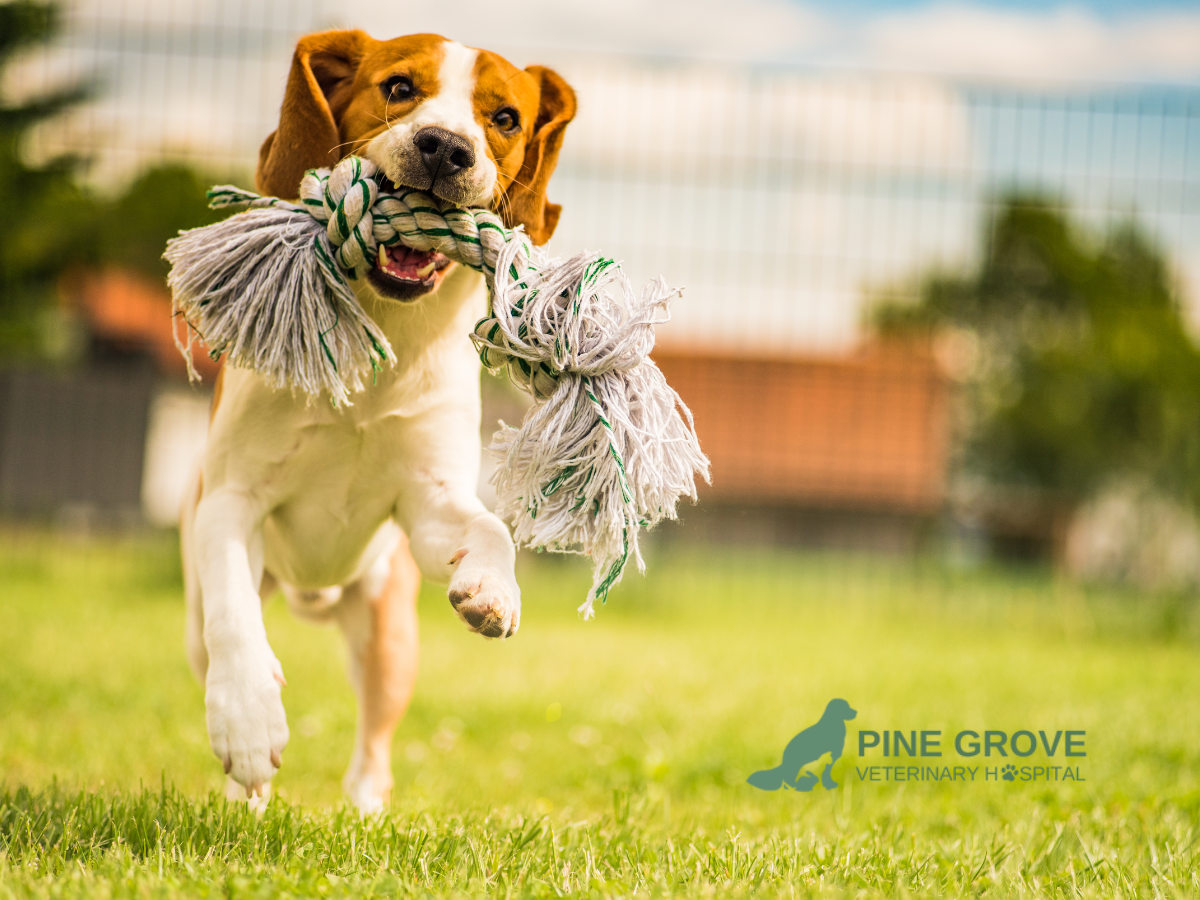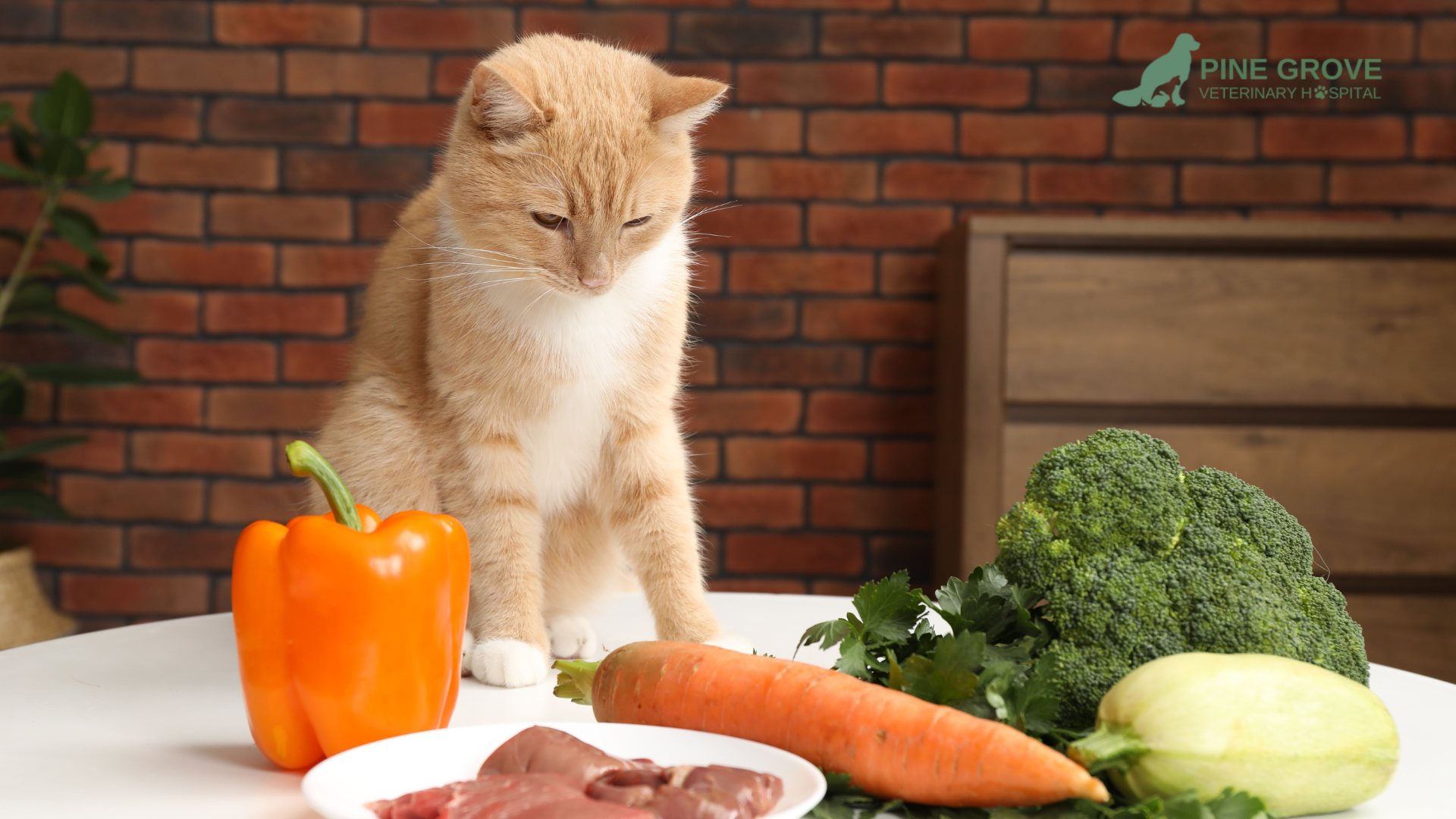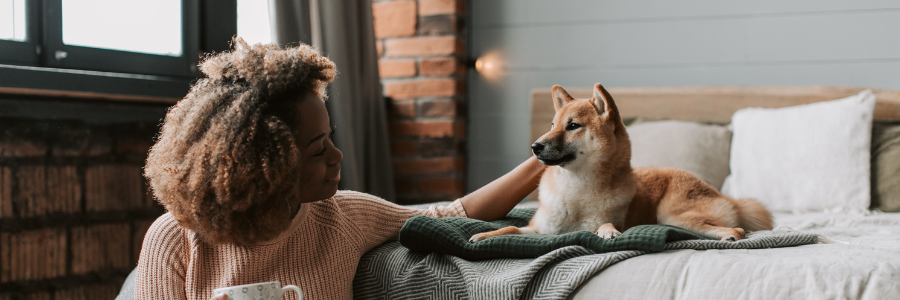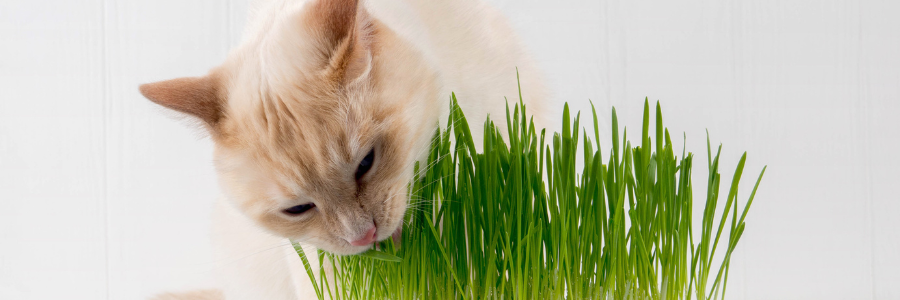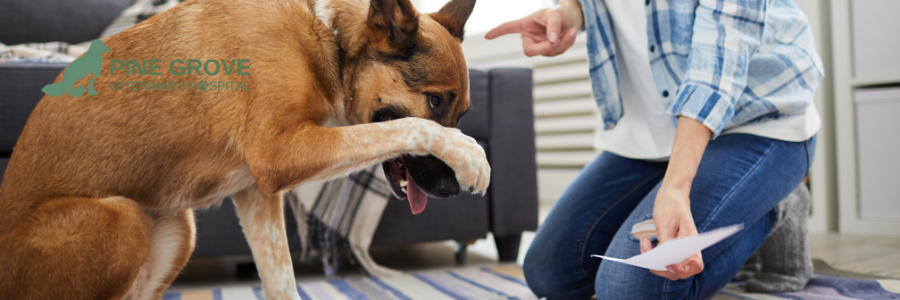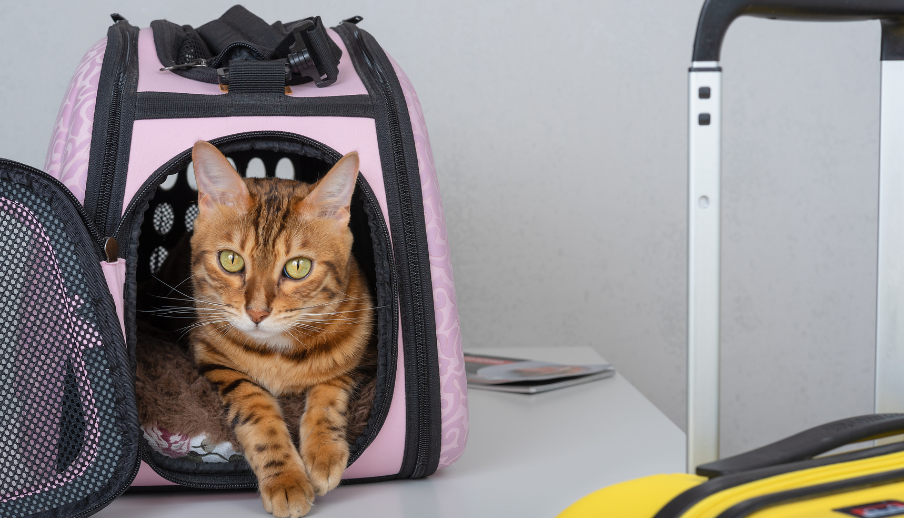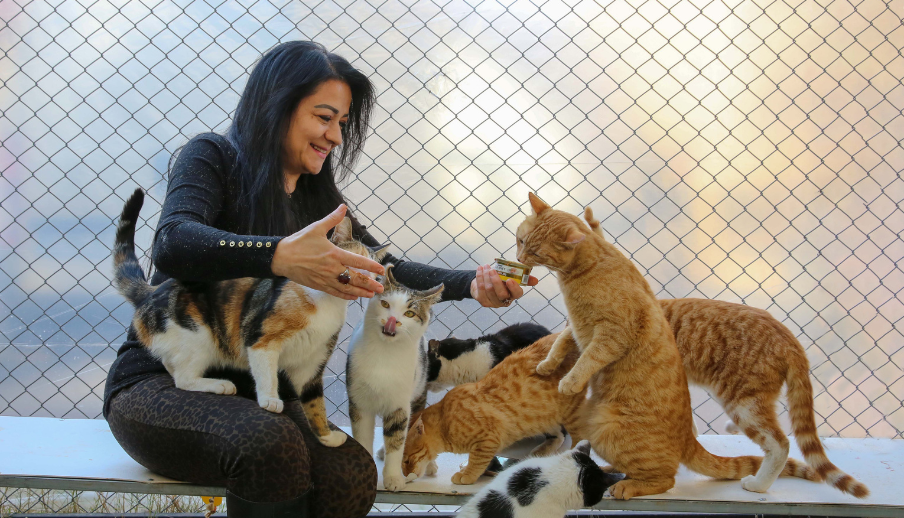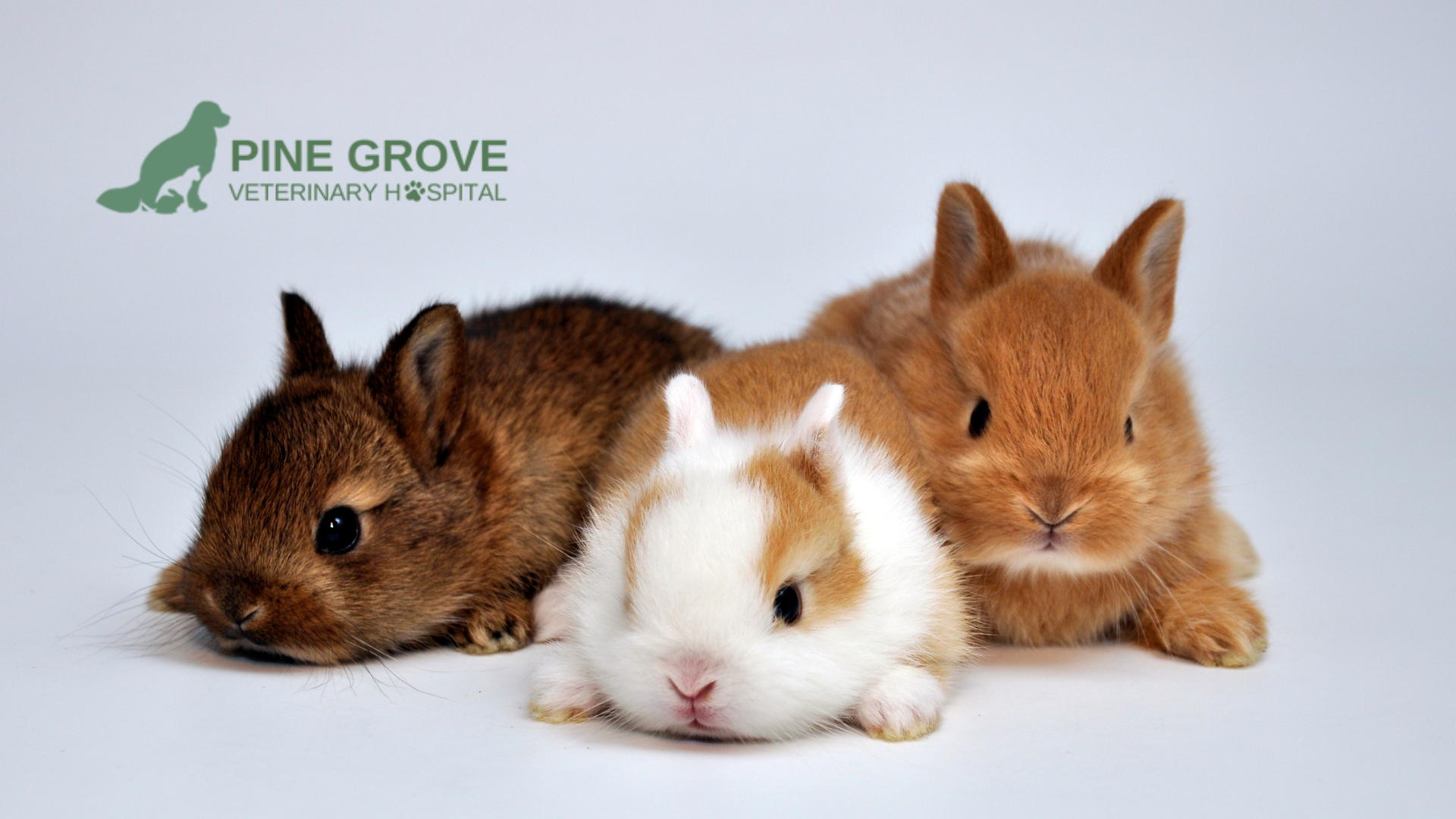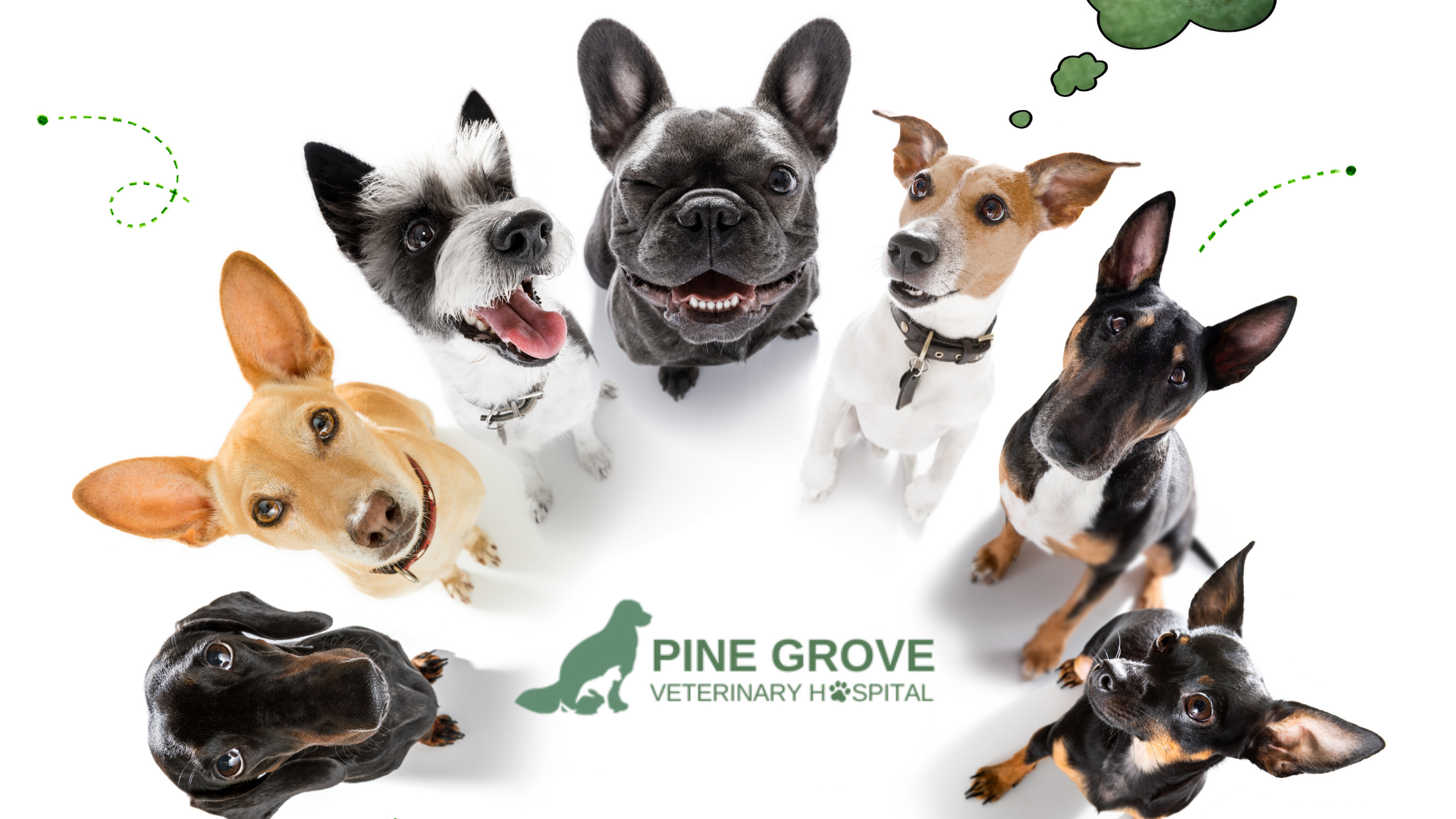The Behavioural Science Behind Canine Hand-Licking: Insights and Responses
Why Does My Dog Lick My Hands When I Pet Her?
Have you ever wondered why your dog licks your hands when you pet them? While it might seem like an innocent gesture, there’s actually complex behavioral science behind this habit. Licking serves multiple purposes for dogs, including communication, social bonding, sensory exploration, and even stress relief.
Understanding the reasons behind this behaviour can help pet owners determine when it’s a normal part of canine interaction and when it might require intervention. Pine Grove Veterinary in Orillia offers Behaviour Management and Medical Services to address licking habits that may indicate underlying issues.
The Science Behind Licking: Sensory & Hormonal Responses
Taste and Texture: Sensory Stimulation Through Licking
Dogs experience the world through their senses, and licking provides a unique way for them to gather information about their surroundings. When your dog licks your hands, they may be responding to the taste of sweat, natural skin oils, or traces of food.
Sensory Exploration: Dogs gather information about their environment through taste and texture. Taste Detection: They can detect minute traces of food or interesting substances on your skin. Texture Response: Different textures may trigger more frequent licking behavior.
If your dog’s licking seems excessive or compulsive, consulting an Orillia vet at Pine Grove Veterinary can help determine if it’s a behavioural quirk or a sign of a deeper medical issue.
Oxytocin Release: The ‘Love Hormone’ Connection
When your dog licks you, both of you experience a boost in oxytocin, often called the “love hormone”. This hormone strengthens the bond between dogs and their owners, reinforcing licking as a behaviour that fosters trust and emotional connection.
Understanding this physiological response can be essential for Behaviour Management, helping pet owners balance affectionate interactions while preventing excessive licking. Pine Grove Veterinary provides tailored guidance on how to nurture this bond responsibly.
Behavioural & Social Reasons for Licking
Licking as a Form of Communication
Dogs often use licking as a primary way to communicate with humans. Depending on the context, licking can indicate:
- Affection and Bonding – A natural way for dogs to express love and trust.
- Attention-Seeking – A dog may lick to initiate play or interaction.
- Submission and Respect – Some dogs lick as a sign of deference to their owners.
Pine Grove Veterinary in Orillia recognizes that licking isn’t just a simple gesture—it’s deeply ingrained in canine social structures. Their Behaviour Management services can help interpret your dog’s licking in the context of their emotional and behavioural well-being.
Interpreting Lick Intensity and Frequency
The frequency and intensity of licking can provide insights into your dog’s needs and emotions:
- High-frequency licking - This can indicate anxiety, hunger, or a strong desire for attention.
- Gentle licking – Often a sign of affection or a greeting behavior.
- Intense licking – May suggest overexcitement or underlying discomfort.
When licking becomes excessive, a veterinary consultation at Pine Grove Veterinary may be necessary to assess for anxiety-related behaviours or underlying medical concerns.
When Licking Becomes a Concern
Compulsive Licking & Underlying Health Issues
While licking is normal, excessive licking can indicate:
- Anxiety or Stress – Dogs may lick excessively to self-soothe.
- Dermatological Issues – Skin irritations, allergies, or infections can cause compulsive licking.
- Gastrointestinal Problems – Licking surfaces or the air may be a sign of nausea.
- Neurological Disorders – Compulsive licking behaviours may indicate underlying neurological conditions.
If your dog is excessively licking, especially in a focused manner, contact an Orillia vet at Pine Grove Veterinary for a professional assessment.
Training & Managing Your Dog’s Licking Behavior
Setting Boundaries: When Licking is Appropriate
Teaching your dog when licking is acceptable can help prevent unwanted behavior. Here are some effective training strategies:
- Use Clear Commands – Teach a simple command like “No lick” to establish boundaries.
- Reward Alternative Behaviors – Encourage calm behaviour with praise or treats.
- Consistency is Key – Ensure all family members follow the same rules regarding licking.
Pine Grove Veterinary offers Behaviour Management programs to help pet owners create structured, positive reinforcement training plans.
Redirecting Excessive Licking
If your dog has developed a habit of excessive licking, consider these techniques:
- Provide Interactive Toys – Chew toys and treat puzzles can redirect licking tendencies.
- Increase Physical Activity – A well-exercised dog is less likely to engage in compulsive behaviours.
- Address Anxiety Triggers – Identify and mitigate sources of stress in your dog’s environment.
If training efforts do not resolve the issue, seeking professional Behaviour Management services at Pine Grove Veterinary can provide customized solutions for your pet’s specific needs.
Health & Hygiene Considerations for Dog Licking
Understanding Zoonotic Risks
While dog licking is often a sign of affection, it’s important to be aware of zoonotic risks (diseases that can transfer between animals and humans). While the risk is generally low, it’s advisable to:
- Wash hands thoroughly after being licked.
- Avoid licking near open wounds or the face.
- Monitor your dog’s oral health to reduce bacterial transmission risks.
Pine Grove Veterinary offers comprehensive medical services to ensure your dog’s licking behaviour is not linked to any oral health or dermatological concerns.
Maintaining Hygiene After Being Licked
To maintain proper hygiene after being licked:
- Wash hands with soap and water for at least 20 seconds.
- Use an alcohol-based hand sanitizer when necessary.
- Avoid touching your face or food until your hands are clean.
Frequently Asked Questions
1. Is it okay to let my dog lick my hands? Yes, but it’s important to maintain good hygiene and monitor for excessive licking behavior.
2. Can a dog’s licking indicate a health issue? Yes, excessive licking may signal stress, allergies, pain, or neurological conditions.
3. How can I reduce unwanted licking from my dog? Training, distraction techniques, and professional Behaviour Management services can help.
4. Are there any risks associated with being licked by my dog? There is a minimal risk of bacterial transfer; proper hygiene is recommended.
Conclusion
Licking is a natural and often affectionate behaviour in dogs, but understanding its underlying motivations is crucial. While occasional licking is normal, excessive licking may indicate stress, medical issues, or behavioural concerns.
If you have concerns about your dog’s licking habits, contact Pine Grove Veterinary in Orillia for expert Behaviour Management and Medical Services to ensure your pet’s health and well-being.
This blog is for informational purposes only and does not constitute veterinary, medical, or behavioural advice. Always consult a qualified veterinarian or pet behaviour specialist for specific concerns regarding your pet.

